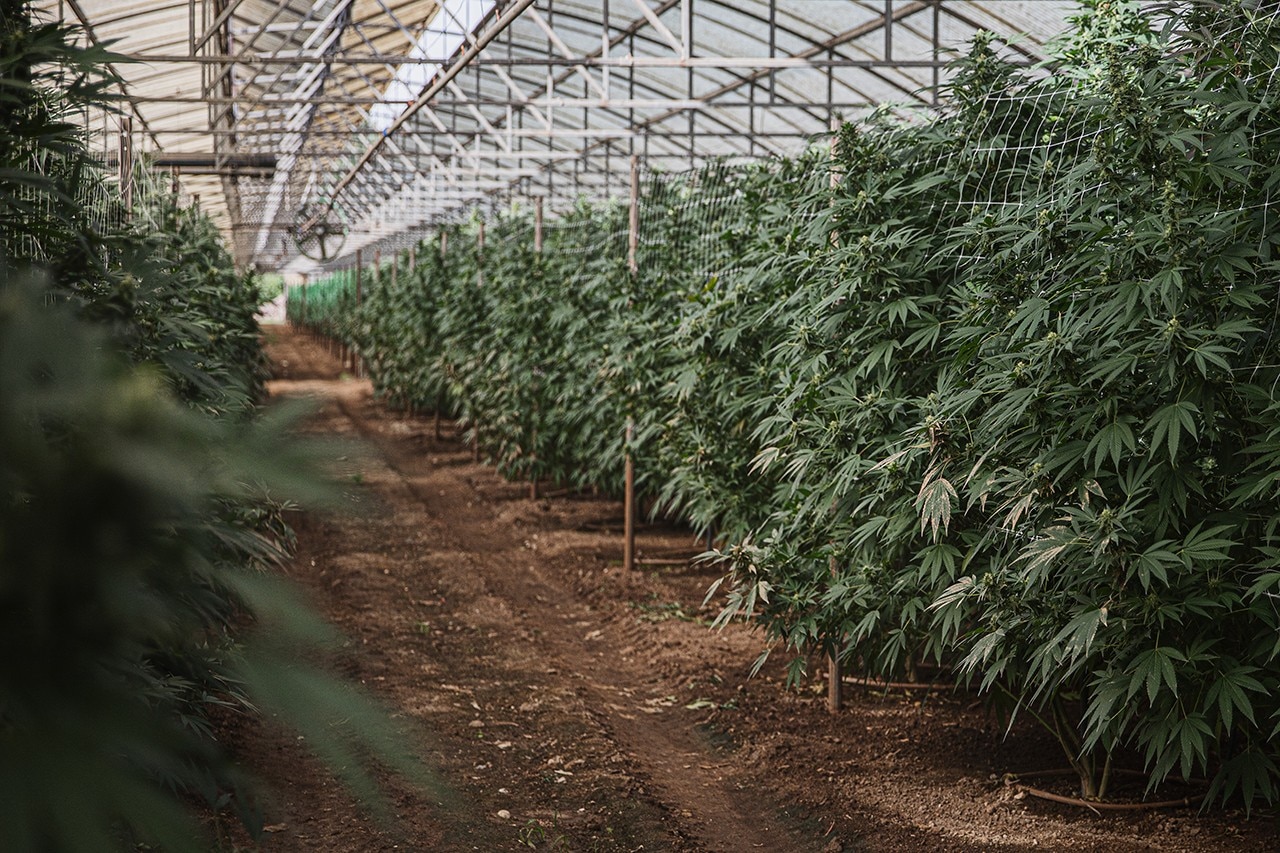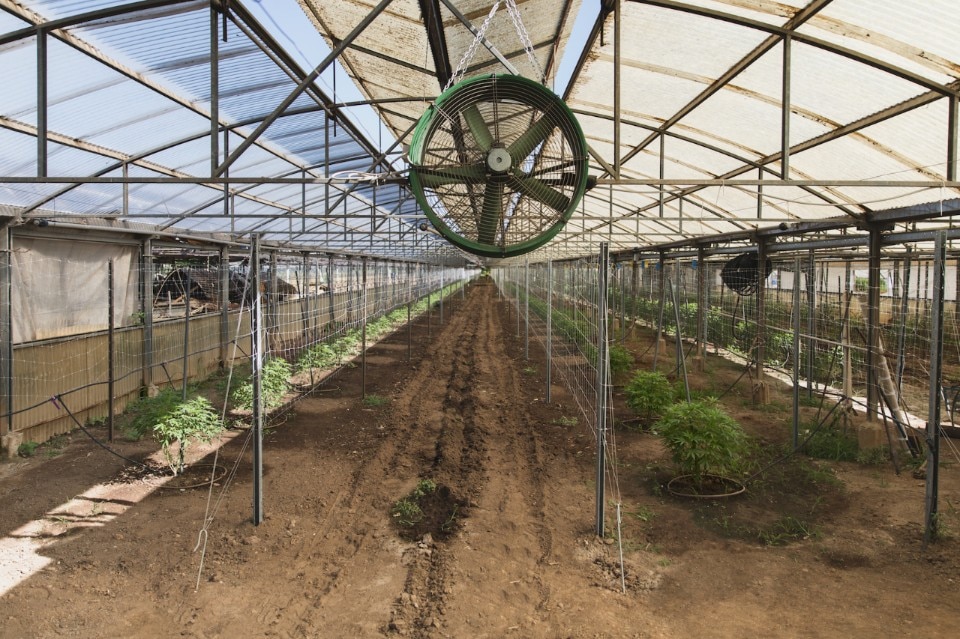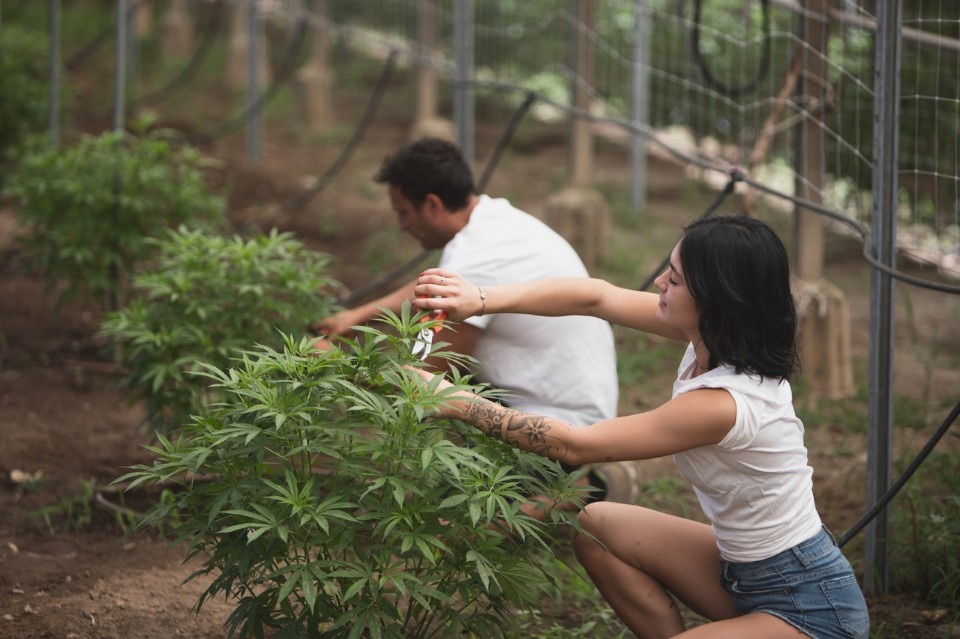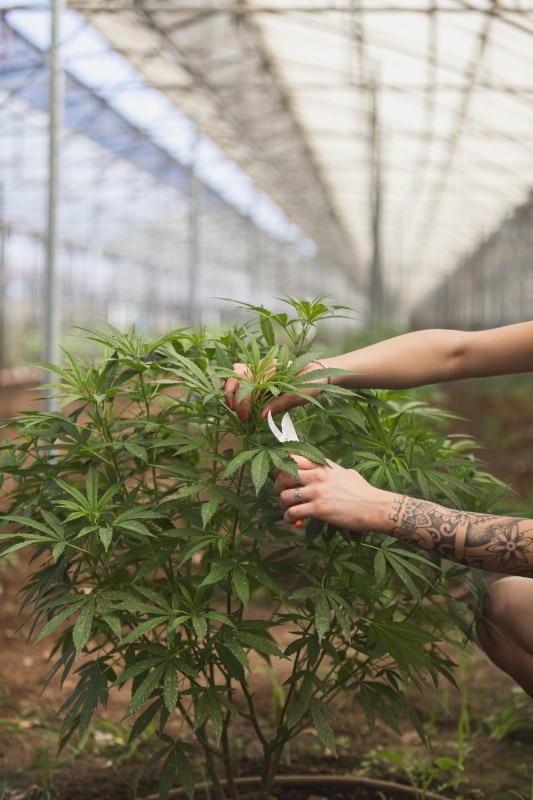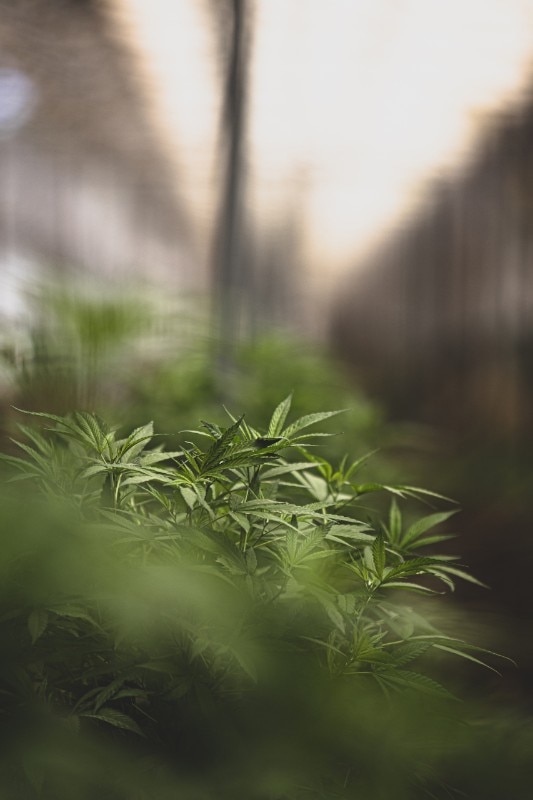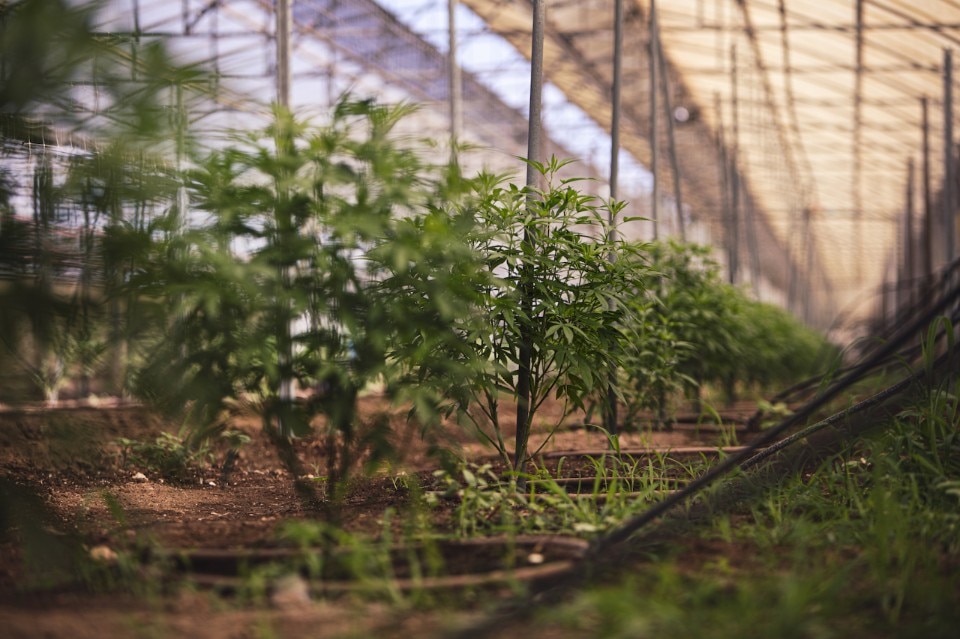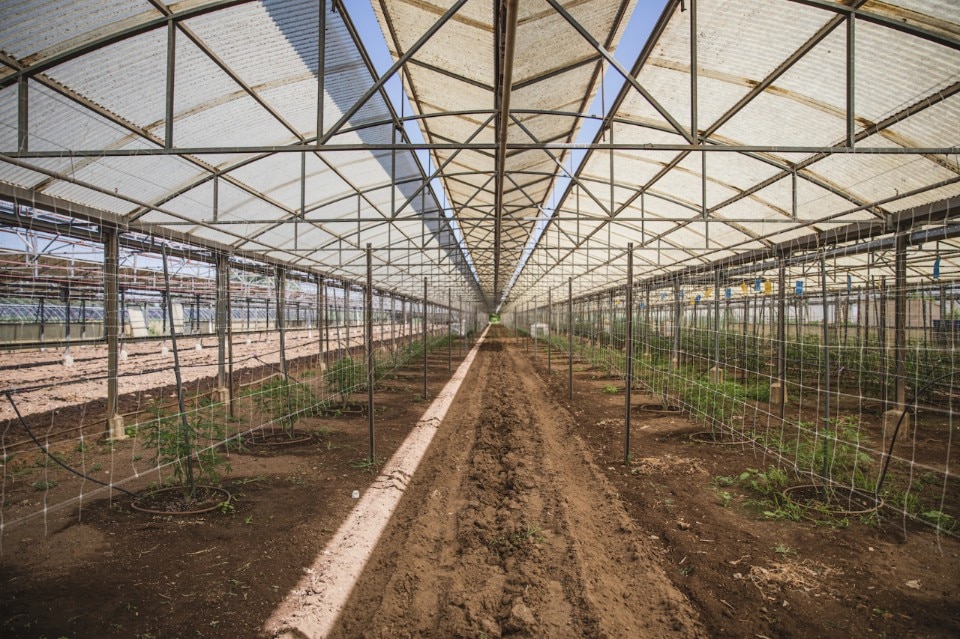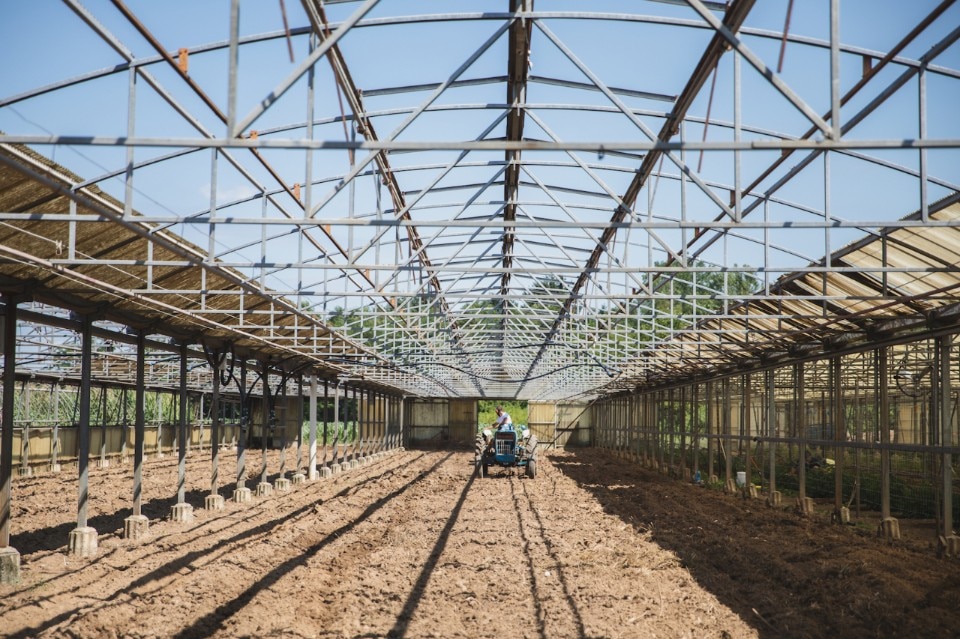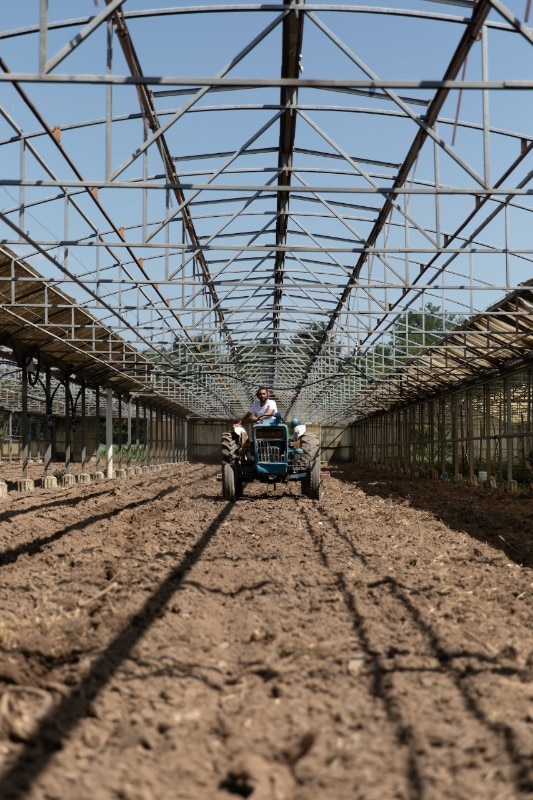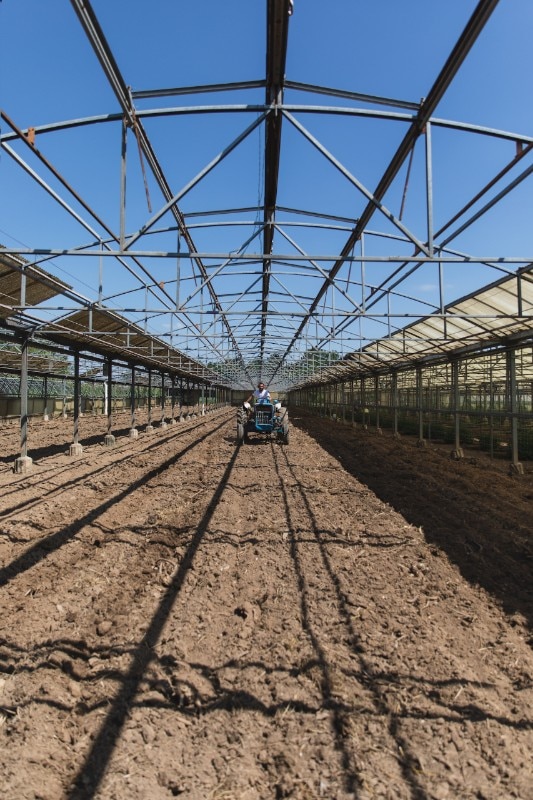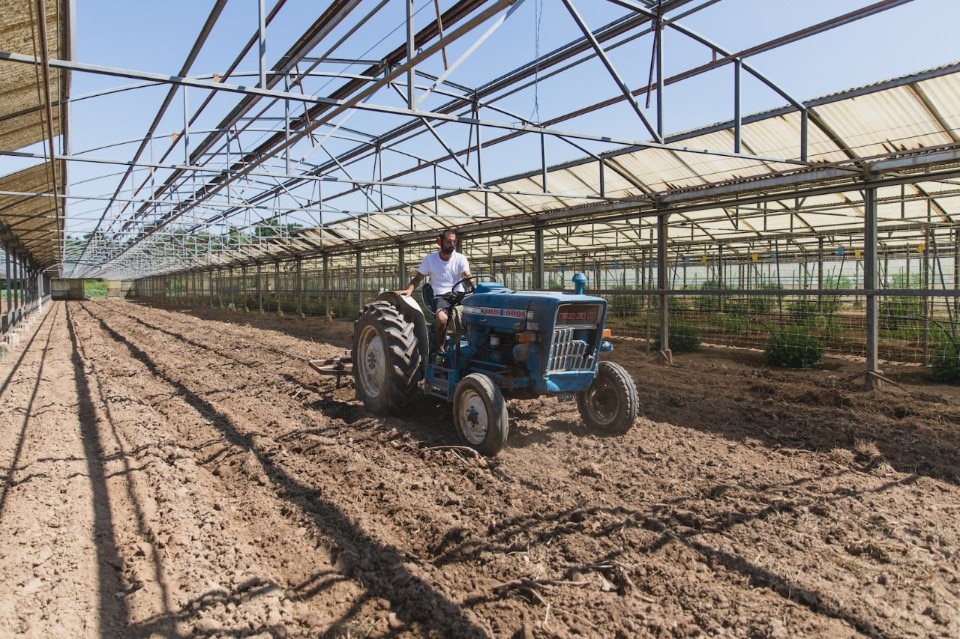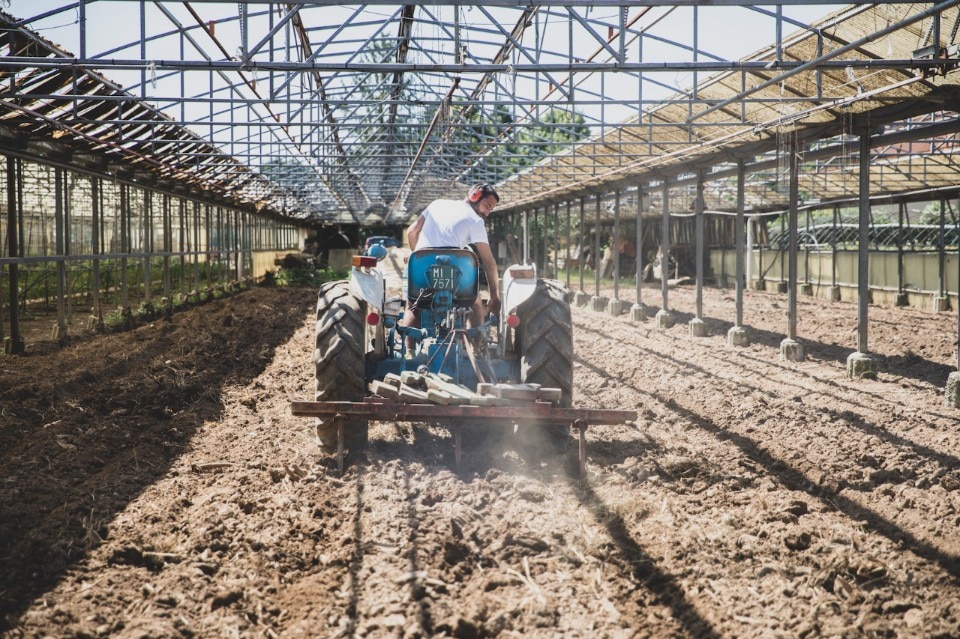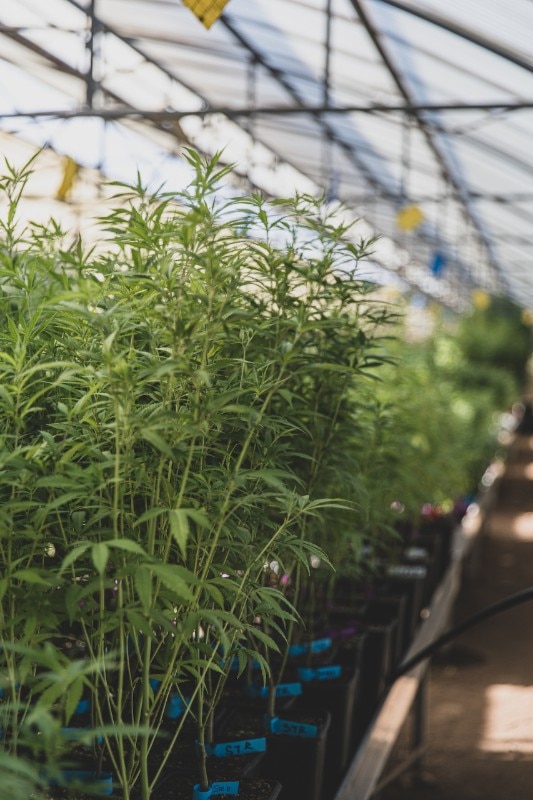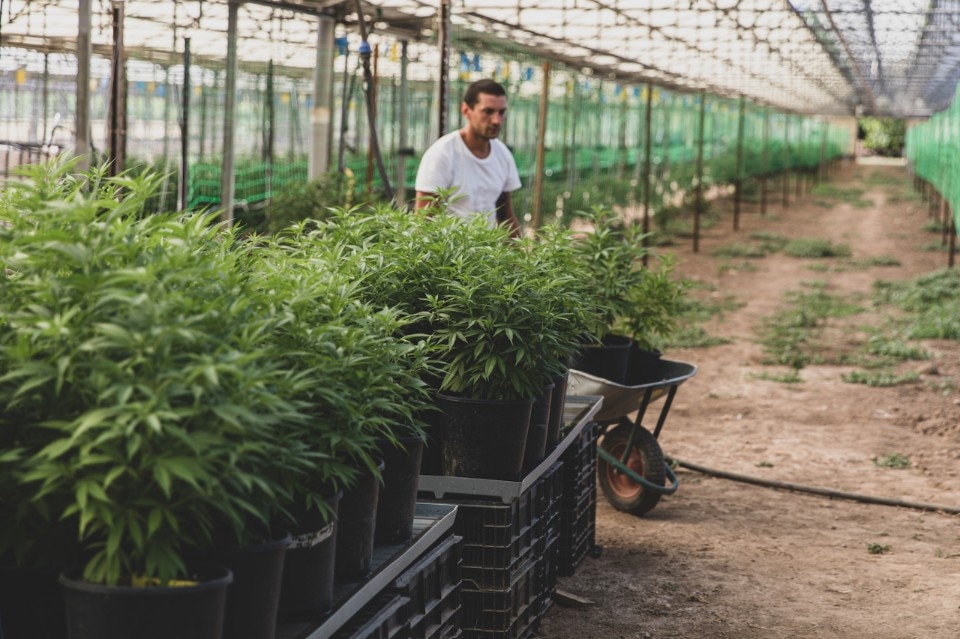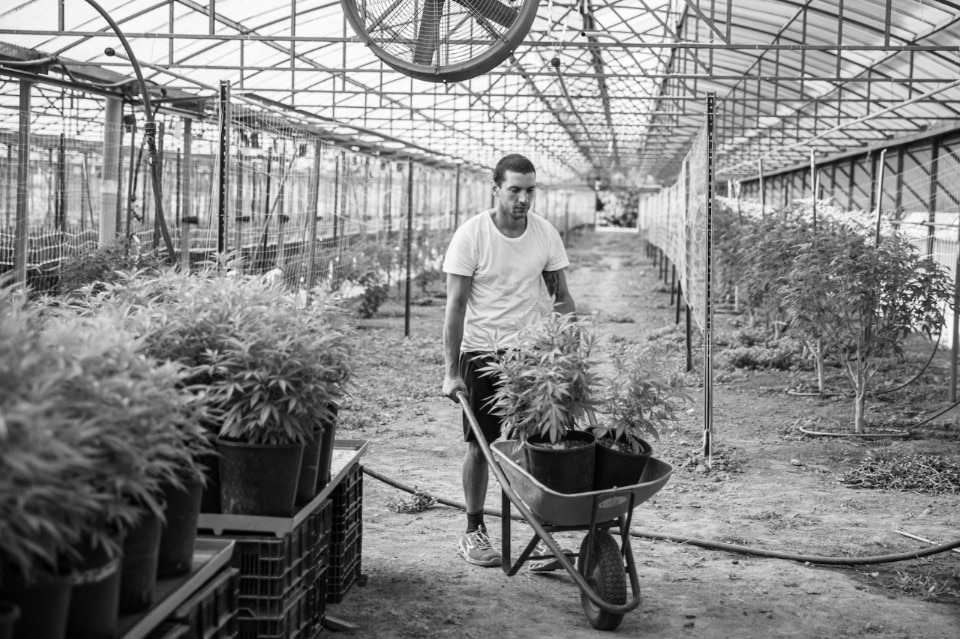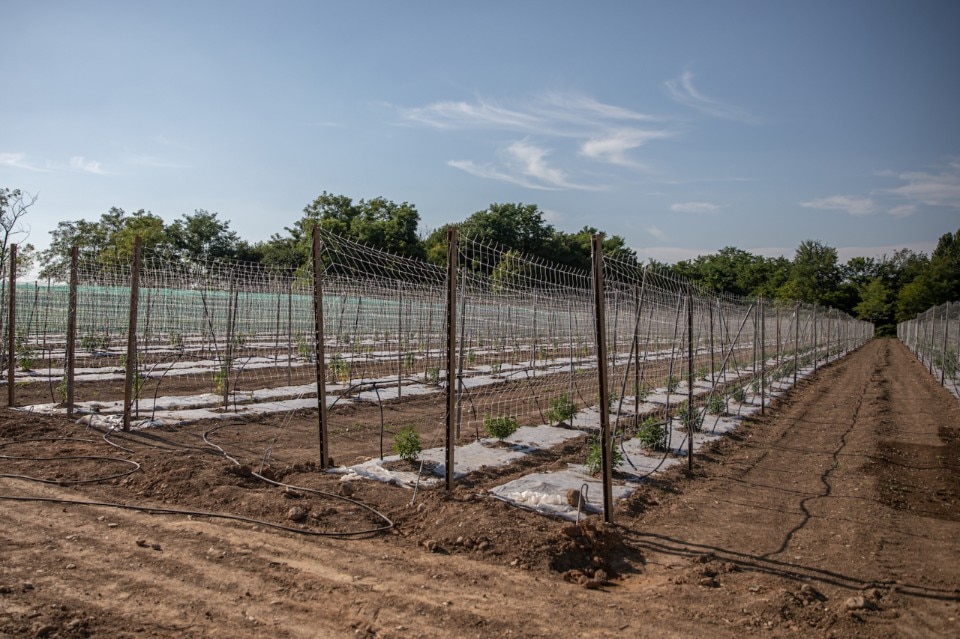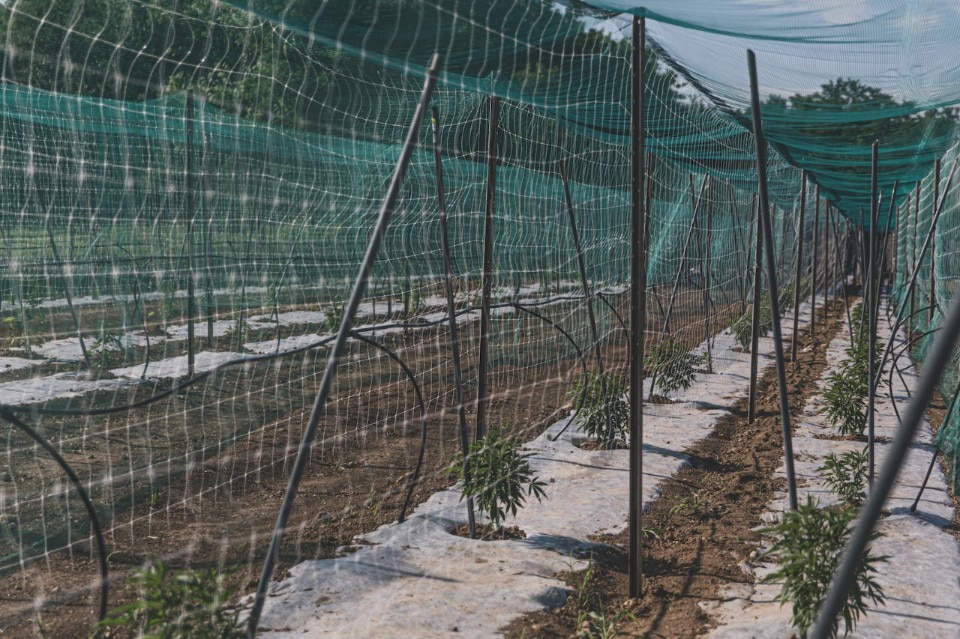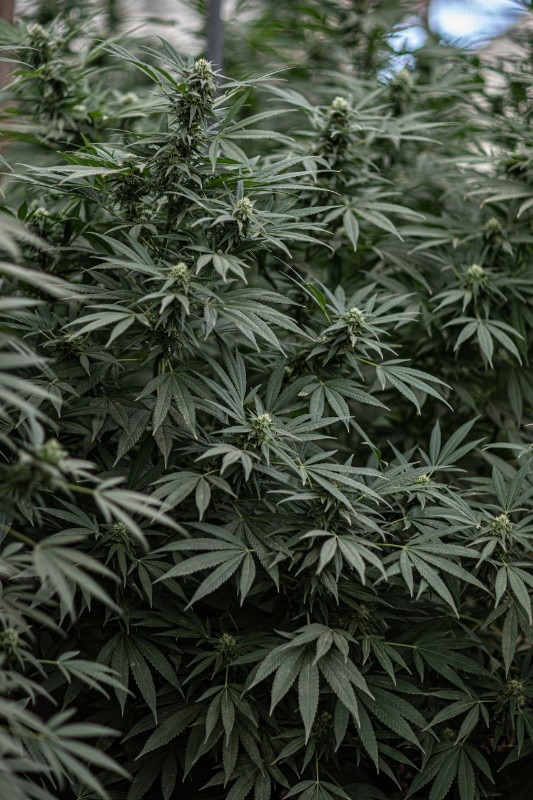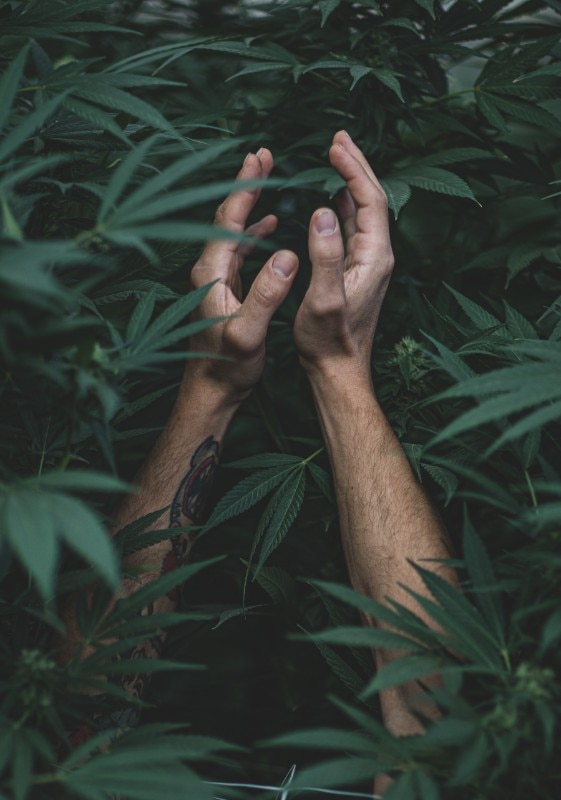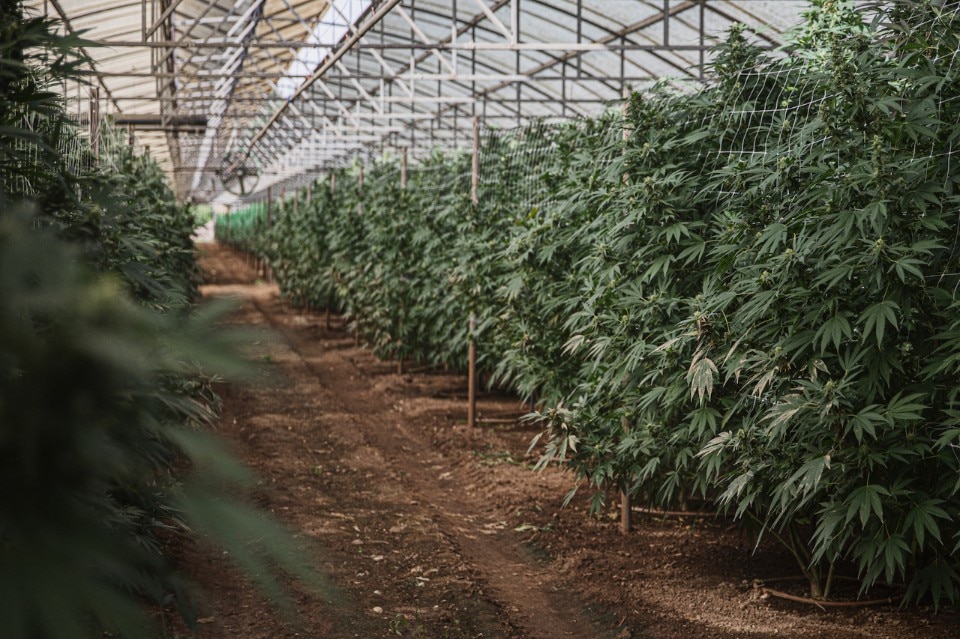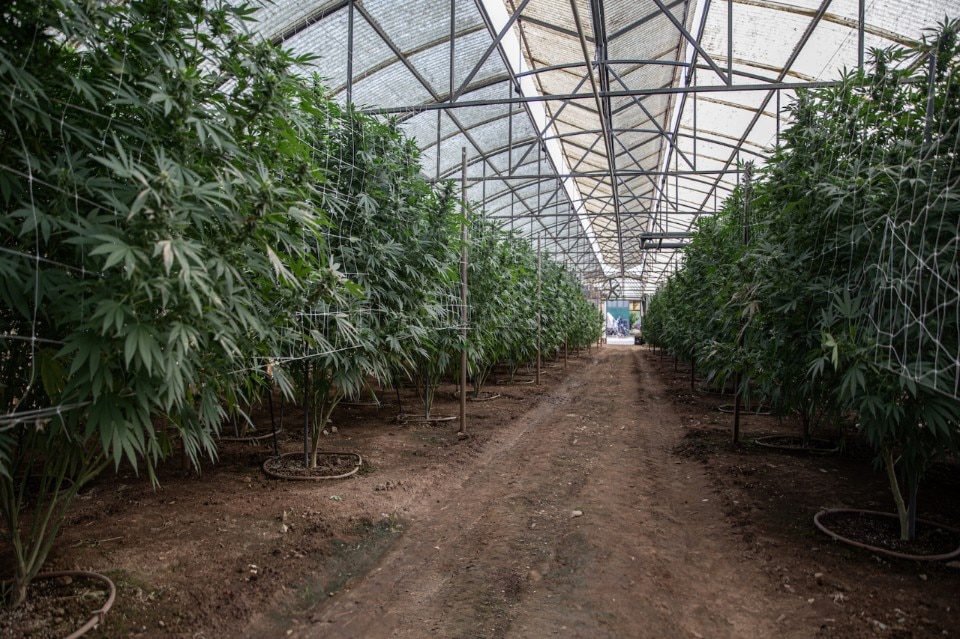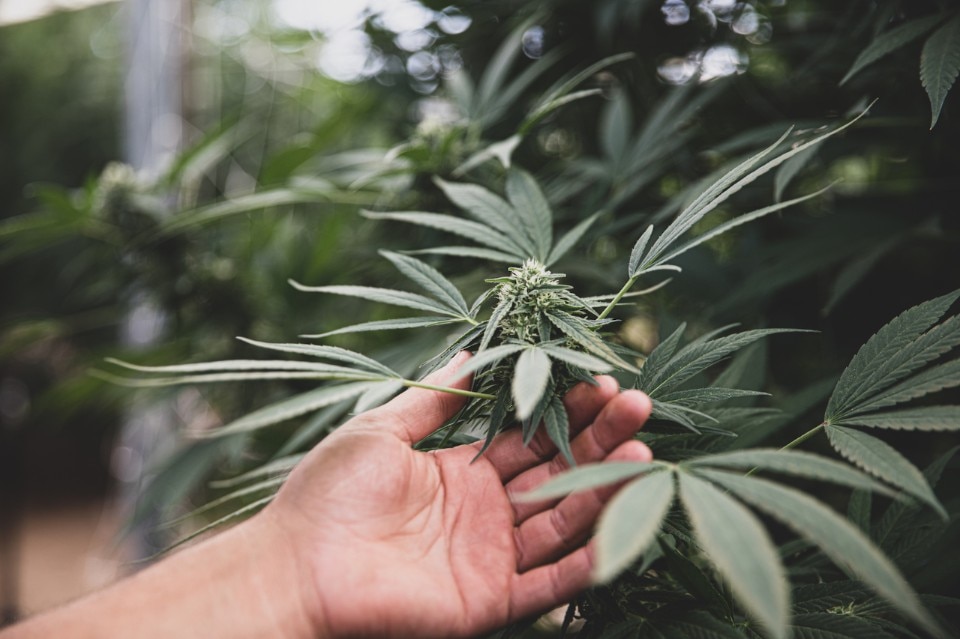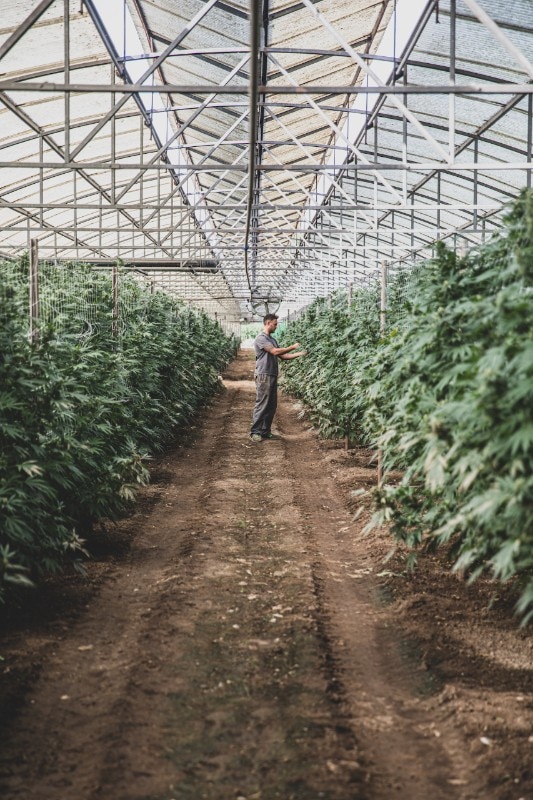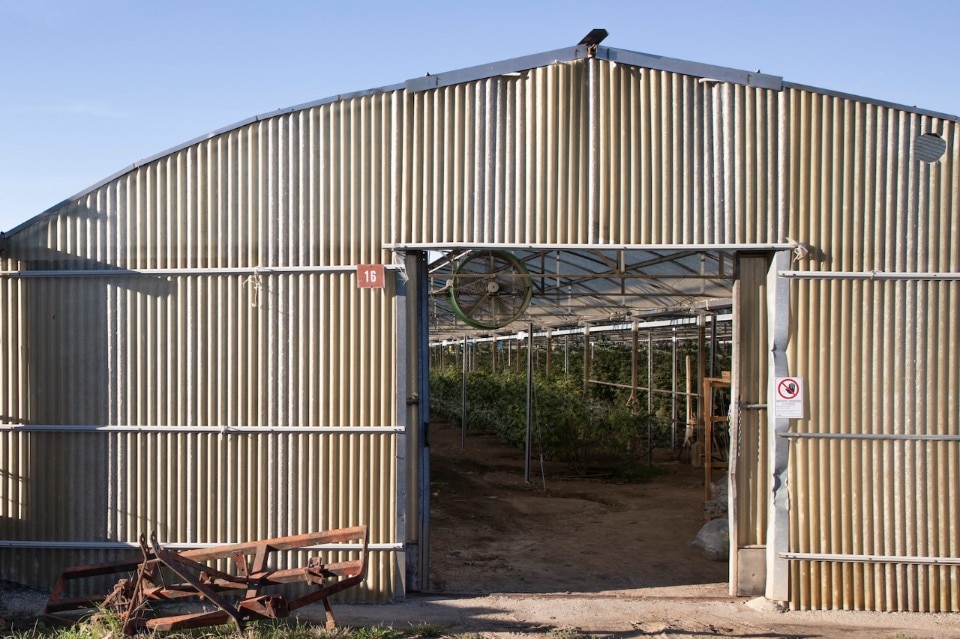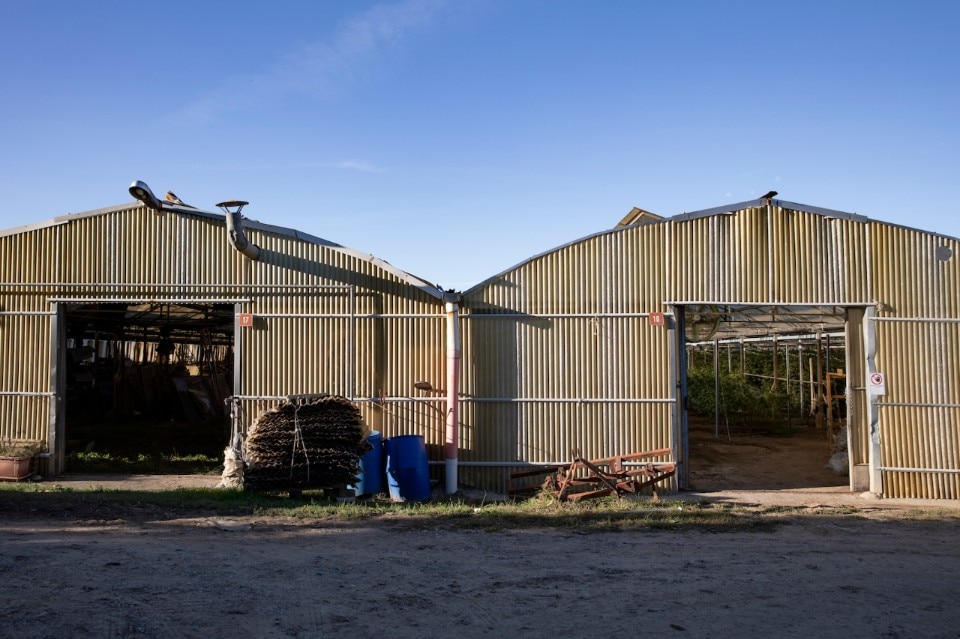The story between young people and the rural areas has been a moving one, at least since the second post-war period. A dense bond of biographies marked by massive displacements and growing migratory flows from the countryside to the cities. From the Peninsula’s inland areas to its already metropolitan poles, to the beginning of the economic miracle of the 1950s; from the land of the fragmentary smallholdings or of the residual atavistic landowners of the South to the factories of the North-West industrial triangle, driving, by acceleration, the reconstruction and the economic development of the country. From the farm units, controlled by extended families in centuries of sharecropping practices, to the living tissue of small and medium-sized industrial districts in central and north-eastern Italy, whether red or white, in terms of political aggregation ideology. But there was a temporal dynamism as well, studded with asynchronous passages between past and future, insofar as the one-way trip from the countryside to the assembly line or the office constituted a real leap in time: as Luigi Tenco sang in 1967, the double-speed centrifugal journey through Italy meant “skipping a hundred years in just one day”.
The mobility figure in the relationship between the younger generations and the agricultural socio-economic system has been preserved even at the beginning of the new millennium, although it has partially changed: among the followers of the Great Escape’s epic from the countryside, the first rare traces of displacement in the opposite direction began to emerge at the end of the short century, and cases of counter-narrative gradually multiplied, under the banner of a return to the land: either as a deliberate life choice, or as a necessity imposed by a post-industrial labour market that is increasingly asphyxiated or swamped in the elephantiasis of a tertiary sector, saturated with the demand for a “steady job” by now.
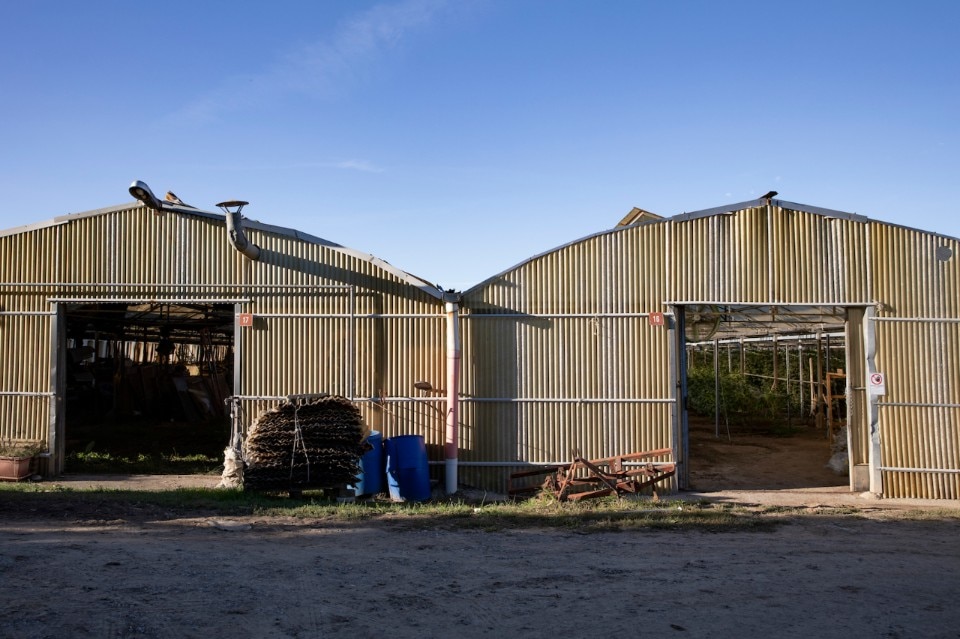
In addition to the return to the countryside in the strict sense, perhaps retracing the steps of the previous parental generation who had left the small domestic farms, there are the new arrivals of young adults without a family memory to re-anchor to the land, often escaping from other educational and professional experiences that are no longer satisfactory either for economic efficiency or vocational fulfilment (Cersosimo, 2012). The apparent stagnation of many of those young adults who decide not to move away from small rural centres and to decline their active labour force condition in the primary sector, investing energy and human capital in autonomous or cooperative entrepreneurial initiatives, contains the trigger for change as well: the ethics of “restency” (Teti, 2011) frequently coincides with the commitment to the recovery of the peasant productivity, the regeneration of the local natural and anthropic landscape, the obstinate preservation of the specificity and diversity of territories against the extractive standardisation of agricultural production imposed by the large, dominant agri-food empires on a global scale.
Far from being the legacy of an archaic socio-economic model, destined to preserve folkloric narratives crystallised over time and to nourish a sort of bucolic community mythology, the “new peasantries” described by the Dutch agrarian van der Ploeg (2008) are rather the protagonists of a genuine rebirth of the countryside, in a stubbornly contrary direction to the processes of socio-demographic erosion that have characterised it in recent decades. A significant share is made up of young people: with more than 55,000 under-35s running farms and ranches, Italy is currently the leading European country in terms of companies run by young people, partly due to the accelerated greening of consumption and work during this pandemic year. According to a recent Coldiretti’s survey, based on Infocamere’s data updated in September 2020, the crisis triggered by the Coronavirus has led to an increase by 14% in the number of young entrepreneurs in agriculture, compared to five years ago and to other sectors, from industry to commerce.
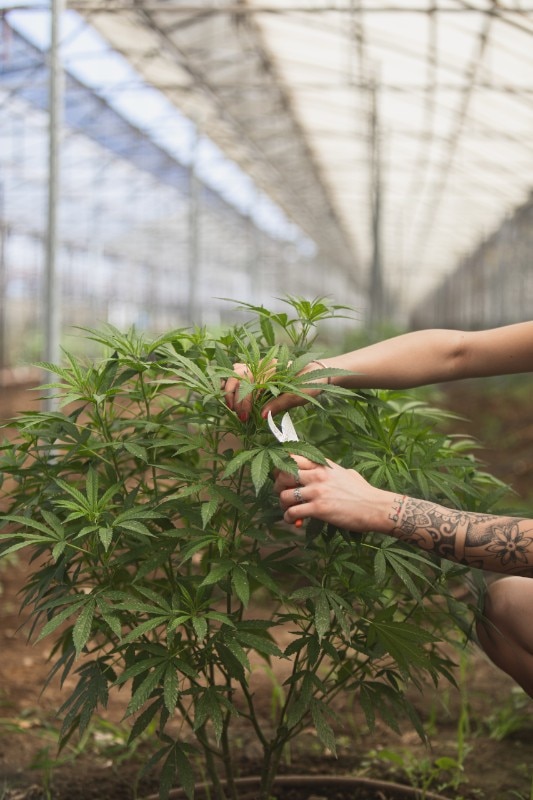
The race to the land by the under-35s is such that today, in Italy, 10% of companies run by young people carry out agricultural or livestock farming activities, a significant figure even regarding the supply of healthy, quality food in such a tragic economy and employment time. “The innovation and multifunctional growth capacity mean that young people’s farms have a surface area that is over 54% larger than the average, a turnover that is 75% higher than the average and 50% more employees per farm. And while some young farmers have chosen to inherit their parents’ trade, the real novelty compared to the past are the under-35s from other sectors or from different family backgrounds who have decided to bet on the countryside with flair, passion, innovation and professionalism, the so-called first-generation farmers. Amongst them, half have a university degree, 57% have done innovation, but above all the 74% are proud of the work they have done and the 78% are happier than before” (Coldiretti, 2021).
Net of the growing numbers, this share of more recent entrants to the sector, for reasons of age, tends to have a strong multifunctional entrepreneurial posture, strategically oriented towards the diversification of the agricultural production to combine it with complementary activities (from farmhouse accommodation to training and educational courses in the farm) and with the parallel generation of not necessarily “commodifiable” services, but can be assumed as positive externalities of public utility (from environmental care to the recovery of biodiversity in the territories).
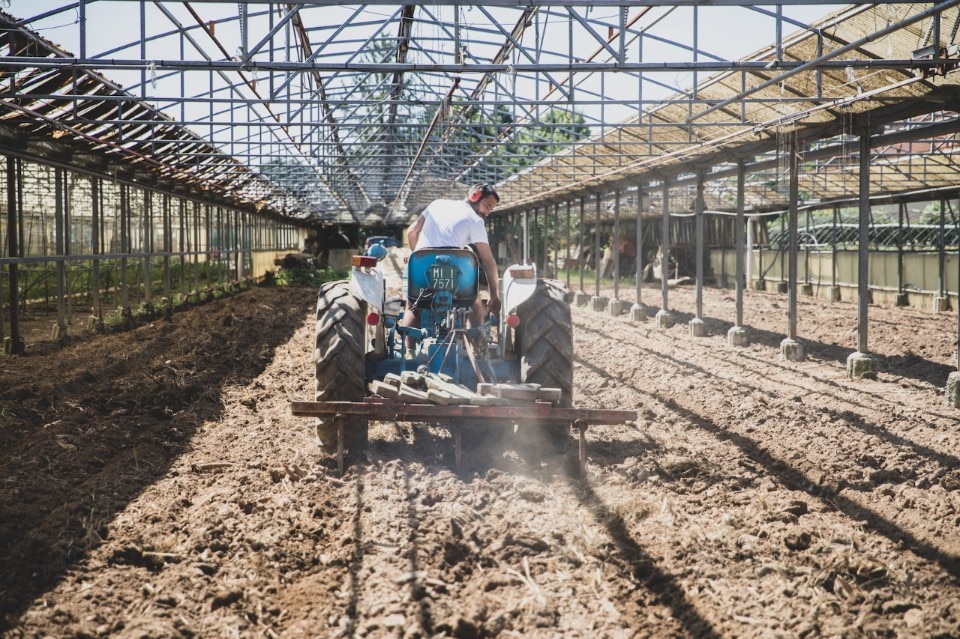
The narrative flow that has been trying to give voice to this new prominence of the countryside in recent years, after decades of disconsolate bulletins anchored to the fatalistic vision of a irretrievably lost backgrounds to every process of socio-economic development, is nourished by a ferment of apparently disparate exemplary cases, but capable of evoking innovative trends underway compared to both the selection of products (re)introduced onto the market and to the production processes, the organisational methods of corporate job and the network configuration of commercial channels. A set of strategies aimed at consolidating comparative advantages based on the production quality, to access and preside over alternative market niches to the mass agri-food standardisation, playing in different leagues, where price competition would otherwise be lost from the start.
The assortment of crops combines the recovery of traditional seeds and varieties (such as the Senatore Cappelli durum wheat cultivar, lost during the twentieth century) with the introduction for food and therapeutic purposes of plants long relegated to unrelated sectors or with a controversial name, such as hemp, used for medical or recreational aims. Similarly, since they do not have to compete on large numbers, livestock farming practices tend to free themselves from the pressure of housing or battery farming, in order to protect the direct and documented link between the welfare of free-range animals and the health or organoleptic value of milk and meat. Or they bet on less usual practices, as in the case of organic snail farming, also for its slime cosmetic production, which is increasingly sought after in the medium-high end of the beauty market.
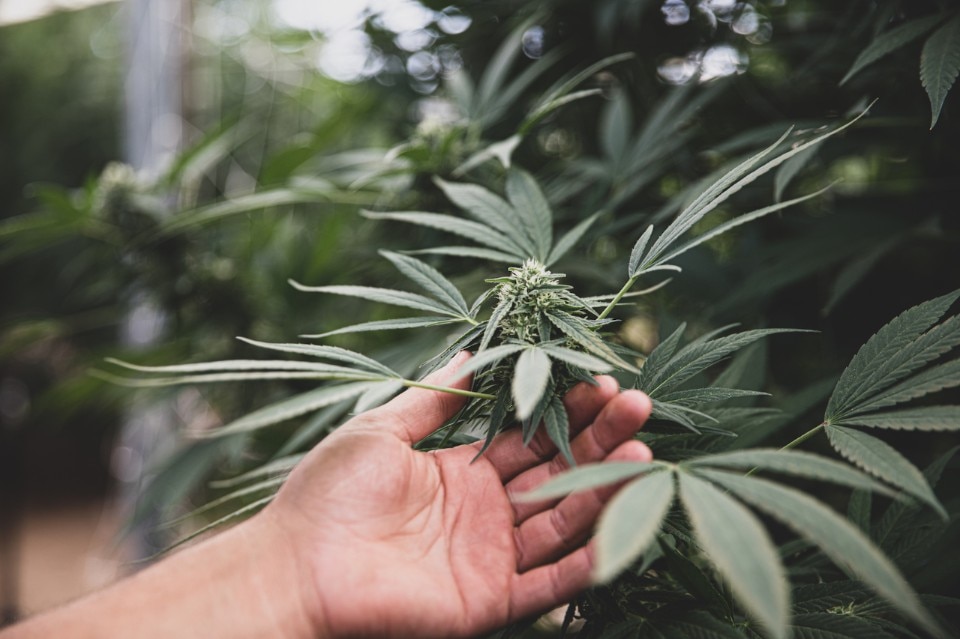
There are also different boundaries between the activities offered, where cultivation is inextricably intertwined with the proposal of full-immersion experiences in the farm: from taste education sessions organised for school students throughout the area, or to satisfy the curiosity of more discerning consumers about cheese varieties or the nuances of wine flavour. Moreover, there is the offer of sustainable leisure in agritourism structures that respect the original construction canons (from farmsteads to restored barns) and are fully compliant in terms of reducing energy impact, from the systemic use of photovoltaics to the one of biomass.
And the horizon of meaning connected to the very vocation of rural life is reconfigured, especially a returning one. What emerges is an overall environmental sensitivity oriented towards a less intensive use of the land, a more efficient one of water resources, a drastic reduction of pesticides and herbicides, the introduction of agronomic techniques often learned in university courses, in order to apply on a local scale good practices drawn from validated experiences on the other side of the world. And at the other end of the value chain, the relationship with final customers tends to be freed from the fetters and transaction costs imposed by multiple intermediaries, on the one hand by shortening as much as possible the chains that are widely distributed throughout the territory, right up to the city gates in farmers’ markets in the streets, or in cooperative experiences of zero-kilometre sales in special warehouses converted into solidarity emporiums; on the other, by exploiting the virtual networks of direct e-commerce, in which the journey of products of excellence from the field of the small family farm to the tables of overseas gourmet restaurants is no longer an elitist pursuit.
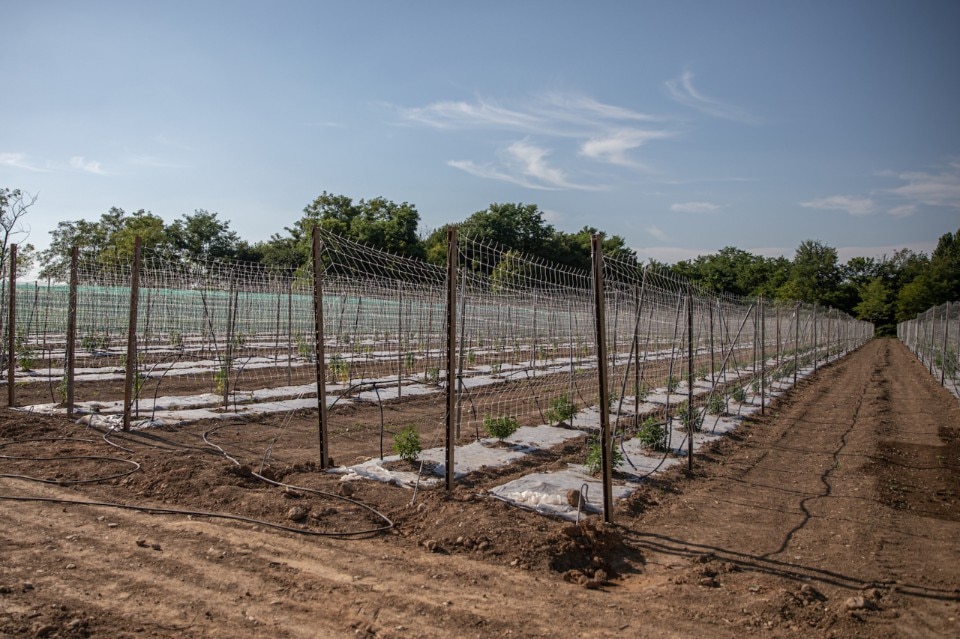
In this journey of rediscovery and return to the centre of the land, young farmers play the role of connectors on different scales: first of all, on a micro-biographical level, they constitute the link between organisational practices transited along generational chains (Cois, 2015; 2020), if it is true that still today in Italy peasant agriculture is mostly family-run (more than 98% of the total number of farms, according to Eurostat surveys), at a meso-territorial level, they are configured as hubs of quality agricultural and agri-food production chains, capable of intercepting, at the other end, the consumption needs of typical, healthy and fair products, as the network ribs of a specific form of market with high environmental and social sustainability, sufficiently competitive on a local scale to try to keep up with large-scale organised distribution, partly through direct encounters between supply and demand, made more accessible in many cases by the location of businesses on the outskirts of metropolitan conglomerations (an example is the case of solidarity purchasing groups, which overcome the obsolete dichotomies between town and country; Counihan, 2020).
Finally, in the current macro-scenario of the Anthropocene’s demise, young farmers are entrusted with the task of overcoming the dogmas of the Modernisation doctrine, which for decades has mechanically interpreted the transition from tradition to modernity as a progressive and unilinear national shift from the primary production sector to the secondary and advanced tertiary sector, to the detriment of farsighted investments in the agricultural sector: the challenge is rather to synchronise the foundations of the country’s agricultural tissue – where rural areas account for more than 90% of the land area and contribute 50% to the formation of national added value – along lines of technological, infrastructural and cultural innovation.
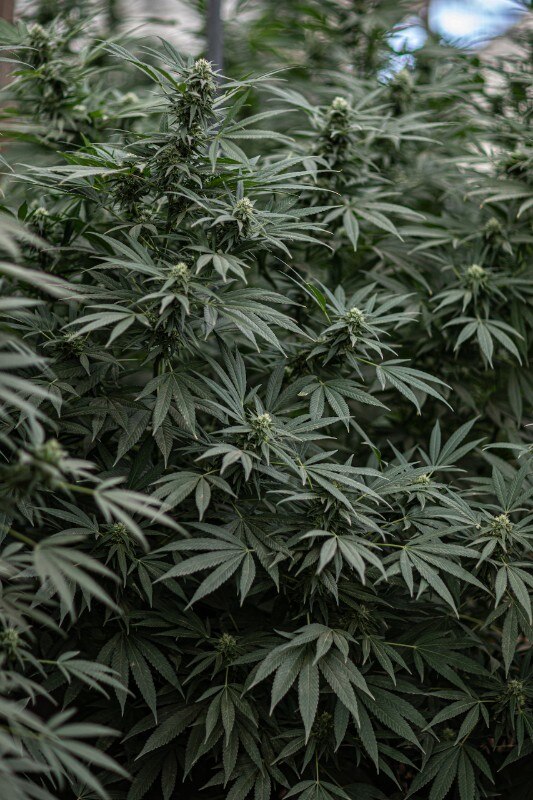
By cultivating original ideas and putting them to use through business strategies that are both cooperative at a local level and competitive at a global one, it is possible to draw on promotion and support programmes of different kinds. These include European programmes such as the experimental Community programme LEADER (Liaison Entre Actions de Développement de l’Économie Rurale), which aims to promote the integrated development of rural areas through the introduction, on a small scale and with relatively limited financial support, of innovative actions designed and implemented by public-private partnerships, the Local Action Groups (LAGs). Or at the national level, as the SNAI (National Strategy for Inland Areas), promoted from 2013 onwards by the Ministry for Territorial Cohesion and the Ministries responsible for coordinating EU funds and essential services, in agreement with the Regions and in cooperation with ANCI and UPI, which has resulted in the implementation of ad hoc localised development projects in specific, carefully selected and monitored areas in all Italian regions. Or, finally, on a regional scale, including the example of the Land Banks (the “SIBaTer” project), promoted by ANCI, that aims to take a census of abandoned or uncultivated land and make it available to young people aged between 18 and 40 so that, with the support measures for agricultural entrepreneurship in general and young people in particular, they can start up their own business.
And thus, giving back to the disorientated boy who “not being able to do anything in a world that knows everything”, fleeing through Tenco’s verses, a reason to return. Or to stay.
Valentina Capitanio’s photos depict Mecannabis, an Italian floricultural farm based in the province of Monza Brianza. Founded in 2017 thanks to the intuition of four partners – Marco, Erica, Carmelo, Davide and later Federico –, it has specialized in the production of Cannabis Sativa Linnaeus from certified seeds, in full compliance with the provisions of Italian law no. 242/2016. Today Mecannabis is in full expansion with more than 30 people between young employees and collaborators, several partner companies with which it shares the philosophy of respect for nature and high product quality and with a total production area of more than 50,000 square meters divided into indoor, greenhouse and outdoor production sites.


